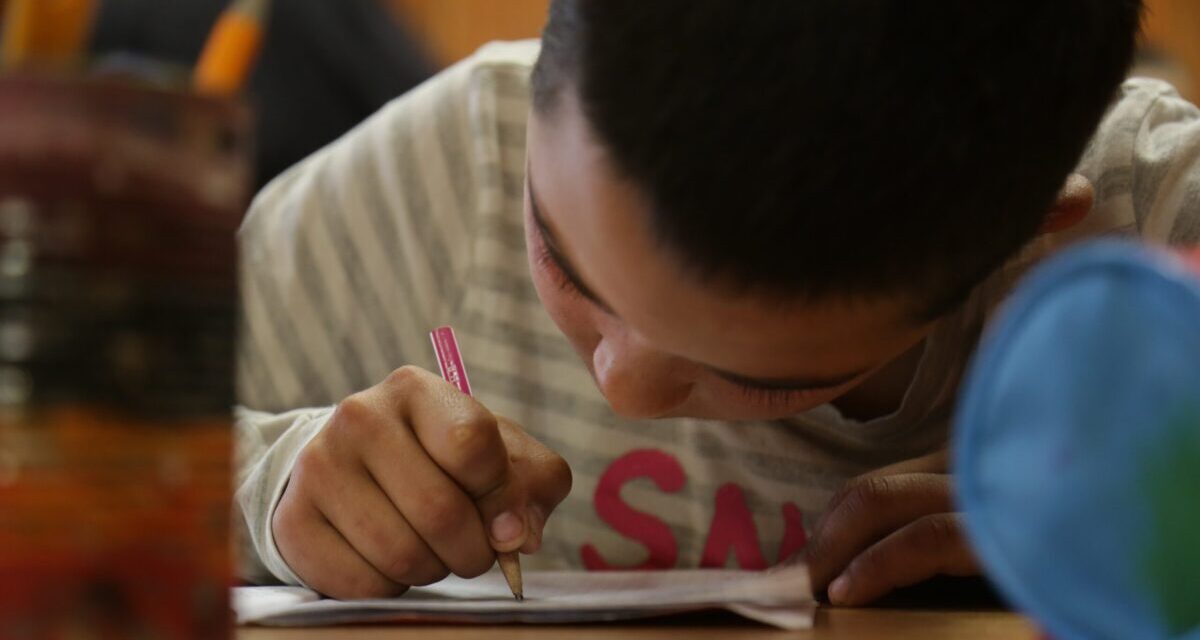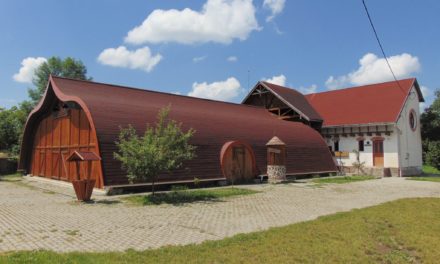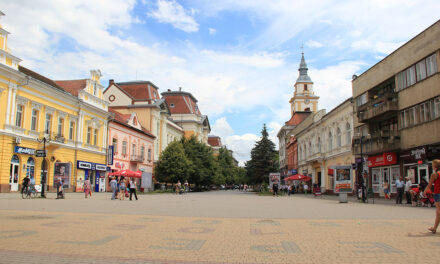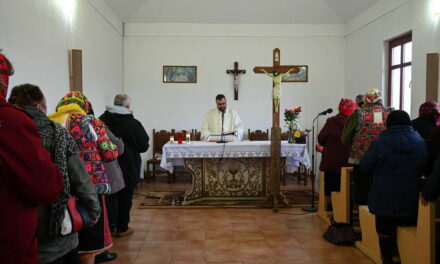The fate of about a hundred small schools in the Highlands depends on the success of broad social, municipal and professional cooperation.
The state language is only a language of communication, but the mother tongue gives the warmth of the home, which is very much needed by children - said Irén Fekete, president of the Slovak Association of Hungarian Teachers (SZMPSZ), emphasizing: at the age of six, one should not primarily focus on how well the child knows the foreign language, but by completing it in one's own mother tongue.
At the press conference on the current call for tenders of the "Motherland in Hungarian" program, the sad and welcome fact was announced that although the number of Hungarian schoolchildren in the entire Carpathian Basin region has decreased in general (currently approximately 220 thousand children), at the same time the Hungarian government's national policy thanks to its measures and support, in the past period, even among the fewer children, a greater proportion of parents choose Hungarian schools and kindergartens for their children.
Quantitatively, this means that while in the early 1990s, the proportion of students choosing a Hungarian educational institution was 75-80 percent, today this has increased to 90 percent.
In order for this ratio to be maintained or even further increased towards 100 percent, the minorities living in the different border countries have to face different challenges.
This partly depends on the rights granted by the majority nation and their enforcement, and partly on the fact that our compatriots across the border typically live in a block or even scattered in the given area.
In this respect, the Highlands offer a particularly colorful picture, where nurseries, kindergartens and schools traditionally fight serious battles every year to maintain the number of children. Irén Fekete, the president of the Hungarian Teachers' Association of Slovakia (SZMPSZ), spoke about the current situation of this struggle. As he added,
two statistics are prepared annually, one after enrollment and the other in September, and the comparison of the two data provides important data.
"At this time, we are always very excited about how many children we can expect to have in September. I am confident that this year we will also achieve last year's fantastic result, when 3,852 young students sat in the benches of the first class. We had a similar number of employees in 2016, since then this number has stagnated, but last year was a leap year," he said.
Irén Fekete pointed out that last year's outstanding results are also due to the fact that the institutions start active work in December, they hold various themed weekend school days for the preschoolers, the school visits the preschools not only in connection with enrollment, so the preschoolers can get to know the kindergartens from December. with school and teaching aunts.
This is a broad collaboration in which everyone, society, civil organizations, institutions, and local governments participate, so that the results can develop well, he emphasized.
The question arises as to how the teacher's association can take steps to save institutions threatened with closure due to the low number of children. As Irén Fekete said, there are currently around a hundred small schools whose fate depends on whether the local government can maintain the institution.
As he pointed out, the teachers' union also plays a major role in maintaining schools, maintaining continuous relations with the municipalities and the heads of institutions.
In addition, at regional forums and at conferences organized for the heads of institutions, solutions are outlined, such as connecting a kindergarten with a primary school, a primary school with a secondary school, so that the institutions can rely on each other and escape from closure.
He explained that the new Slovak public education reform can also help in this matter, as the previous division into lower and upper grades will be replaced by a three-cycle system, dividing the primary school period into grades one-three, four-five and six-nine .
We have small schools that take on the first and second cycle, which means one to five grades, where the teachers can ensure the appropriate professional quality in education, he emphasized.
Turning to the trends related to mixed marriages, which pose the greatest challenges to school choice, Irén Fekete said that he knows from his personal example how parents can be influenced.
As he explained, during his thirty-year career as a teacher, he personally managed to convince many parents of the advantages of choosing a Hungarian school. It fills me with pride that to this day there are parents who are grateful that I told them what the Hungarian school offers their children - he mentioned, noting,
at the age of six, the primary concern is not how well the child knows the foreign language, but rather that he/she can complete himself/herself in his/her own mother tongue.
The state language is only a language of communication, but the mother tongue gives the warmth of home, which children need a lot, he emphasized. Irén Fekete added that it is a positive trend that the teaching of the Slovak language in Hungarian schools is of an increasingly high standard. The Teachers' Association also took a serious part in this through the publication of workbooks, textbooks and the organization of conferences. As he pointed out, their teachers also teach the Slovak language very well.
Cover image: At the age of six, the child must complete his or her own mother tongue
Source: Magyar Máltai Szeretetszolgált/Bence Kovács












